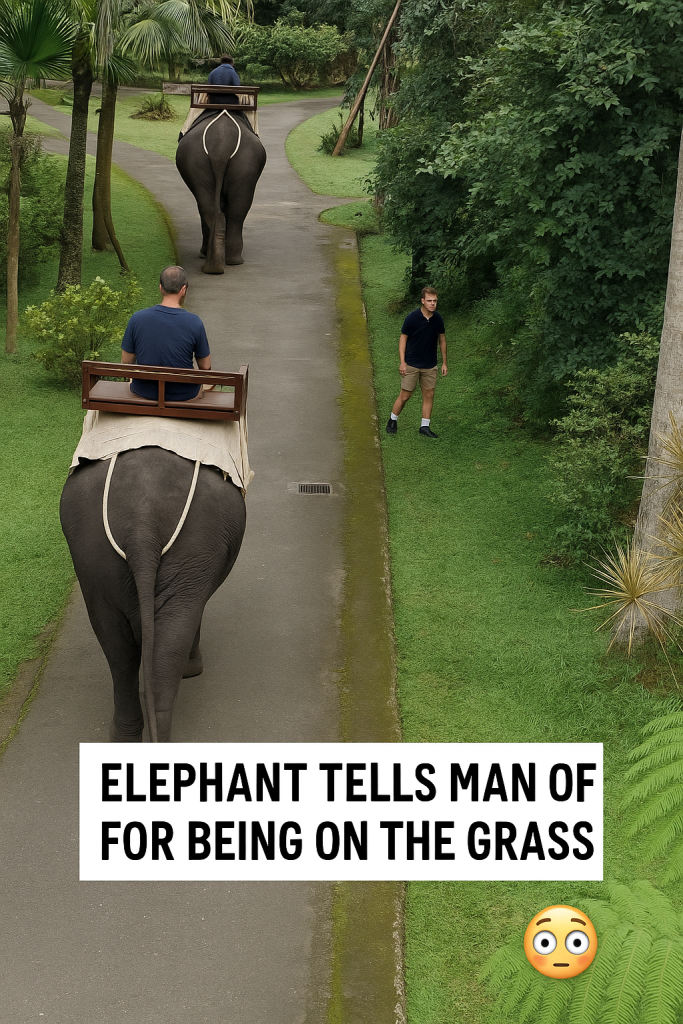In recent weeks, a wave of public support has emerged for elephants caught in the crossfire of escalating human-wildlife conflicts across several regions. A viral social media post declaring, “I don’t know what happened but I’m on the elephants side 😮💨,” has captured widespread attention, echoing a growing chorus of voices urging compassionate action for these majestic creatures.
Elephants, considered keystone species vital to their ecosystems, are increasingly sited in disputes involving farmers, local communities, and wildlife authorities. As human populations expand and habitats shrink, the chance of conflict naturally rises—often with tragic consequences for both people and elephants.
Recent Incidents Spark Debate
In multiple countries across Africa and Asia, reports in early 2024 describe serious confrontations. In some cases, elephant herds have strayed into farmland, damaging crops and property, provoking retaliation from affected communities. These clashes sometimes escalate, resulting in injury and death on both sides, fueling a cycle of fear and resentment.
Conservationists warn these situations highlight systemic challenges: the challenge of balancing livelihoods with wildlife preservation, and the inadequacy of current measures to protect elephants while respecting human needs.
Root Causes and Conservation Challenges
Experts point to habitat fragmentation driven by farming, logging, and infrastructure projects as a primary cause forcing elephants into human-dominated landscapes. Additionally, water scarcity and climate stress exacerbate these encounters, as elephants search for resources.
While governments and NGOs have ramped up efforts—installing barriers, using early-warning systems, and promoting coexistence strategies—progress is uneven. Many affected communities feel insufficiently supported and vulnerable.
Public Sympathy Shifts Toward Elephants
The social media post emblematic of growing public empathy reflects a shift in general awareness. Increasingly, people recognize elephants as sentient beings caught in difficult circumstances rather than as mere nuisances. This change in perception is influencing calls for policy reform and more humane conflict mitigation approaches.
Conservation advocates stress the importance of investing in community-based solutions that empower locals with resources and knowledge to peacefully coexist with elephants. Programs focusing on sustainable agriculture, alternative livelihoods, and conflict prevention are gaining traction.
Looking Ahead: A Call for Balance
As tensions between humans and elephants intensify, the path forward requires collaborative efforts blending science, compassion, and local engagement. Balancing elephant conservation with human safety and prosperity is no small task, but the rising public support signals hope.
The viral sentiment—”I’m on the elephants side”—underscores a collective yearning to protect these iconic animals while addressing the realities of shared landscapes. It’s a reminder that in the face of complex challenges, empathy and informed action remain essential.
For the elephants and the communities that live alongside them, finding harmony will determine not only their survival but the health of entire ecosystems for generations to come.



